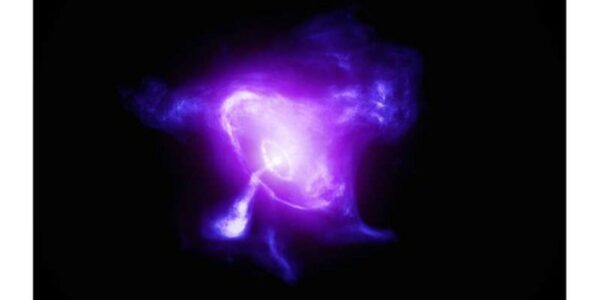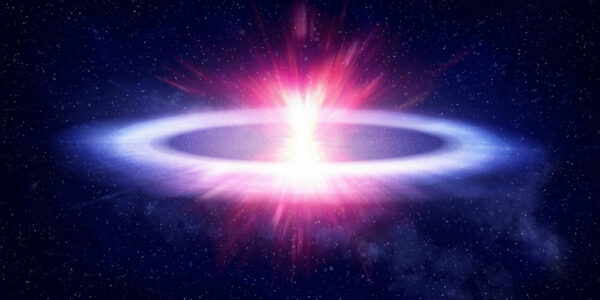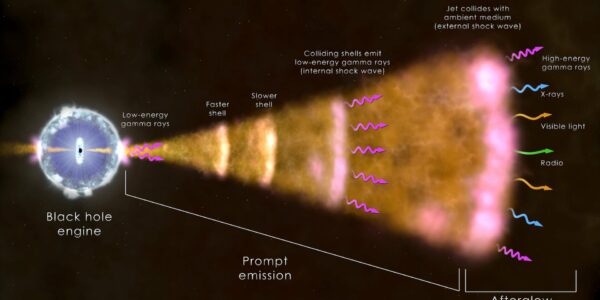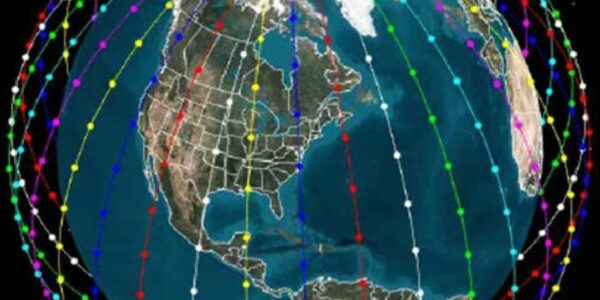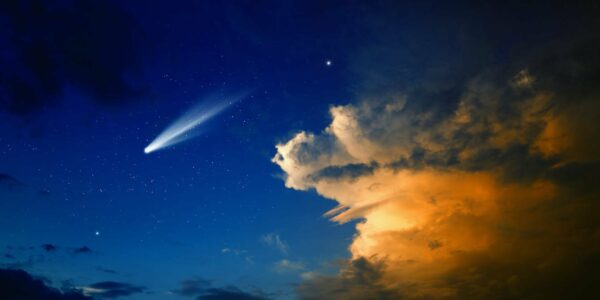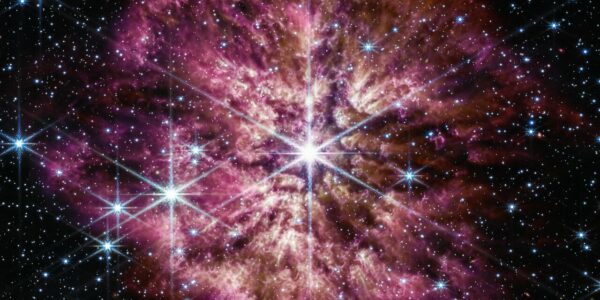On Sunday evening Willie Koorts had a fascinating half hour…
This image taken by the James…
This image of the Crab Nebula combines data from NASA’s…
Slim Boom. Credit: Phil Drury, University of Sheffield An explosion…
This illustration shows the ingredients of a long gamma-ray burst,…
The SKA Observatory (SKAO) and its partners have advanced support…
Hot on the heels of the disappointing Green Comet, astronomers…
A Wolf-Rayet star is a rare prelude to the famous…



